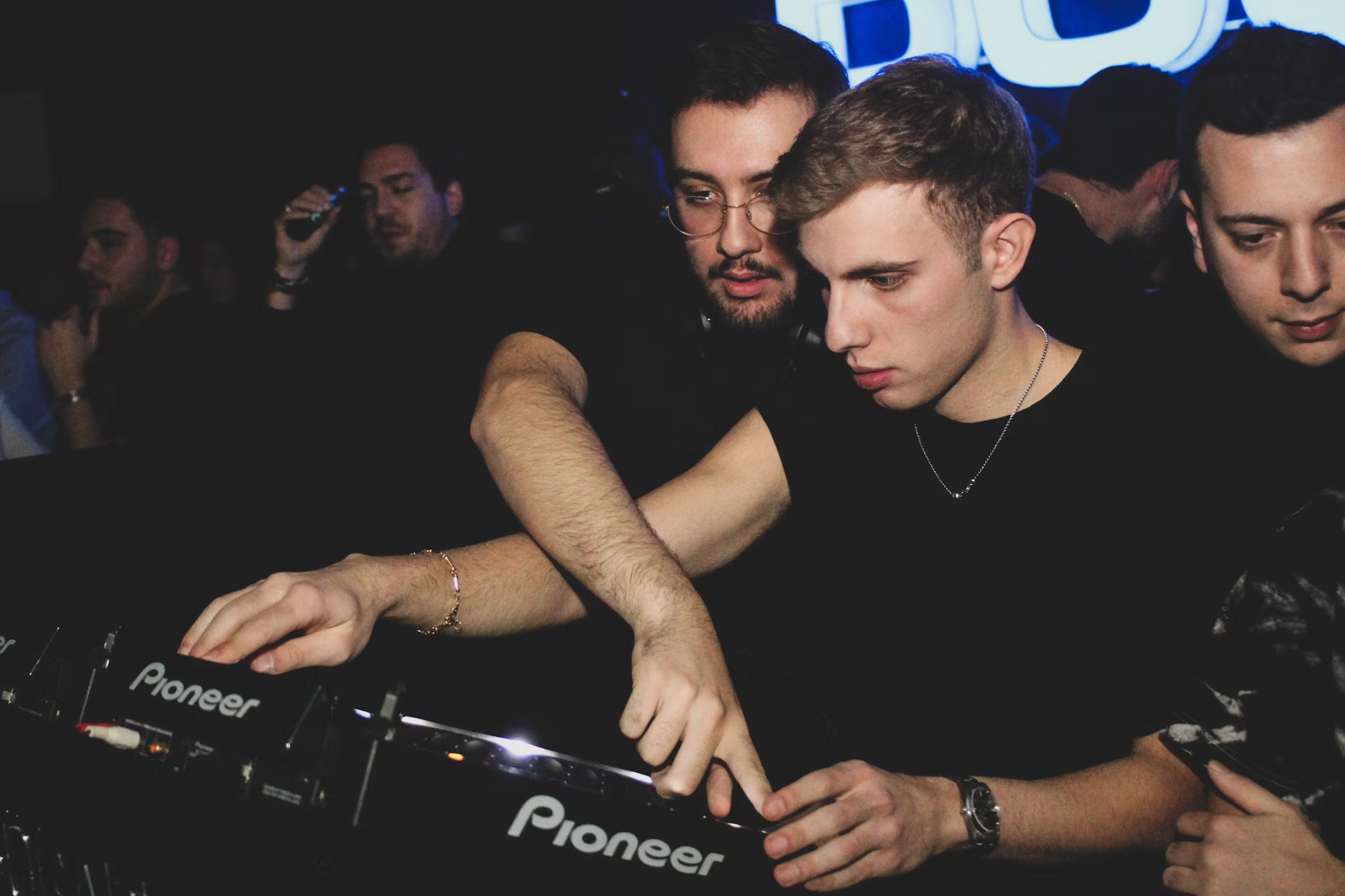Psytrance, short for psychedelic trance, is a genre of electronic dance music that has captured the hearts of festival-goers and electronic music enthusiasts around the globe. Known for its fast tempo, hypnotic melodies, and intricate soundscapes, psytrance has evolved into a vibrant and diverse community since its origins in the late 1980s. This article explores the roots of psytrance, its various subgenres, and its cultural significance in the electronic music scene.
The origins of psytrance can be traced back to the late 1980s and early 1990s, primarily in Goa, India, where a unique fusion of music, spirituality, and culture emerged. This period saw the rise of Goa trance, characterized by its melodic elements, rich harmonies, and use of samples from various genres, including rock and world music. The sound was deeply influenced by the cultural backdrop of Goa, a popular destination for hippies and seekers of alternative lifestyles, who gathered for parties that often lasted for days.
As the genre grew, so did its production techniques. Early pioneers such as Infected Mushroom and Astral Projection began to experiment with synthesizers, drum machines, and computer software, giving rise to a more refined sound. This period marked the transition from Goa trance to the more psychedelic and high-energy style of psytrance we recognize today. The genre quickly gained popularity, spreading from Goa to Europe, North America, and beyond.
Psytrance is known for its distinct characteristics, including a tempo typically ranging from 140 to 150 beats per minute, a four-on-the-floor kick drum pattern, and layers of psychedelic effects. One of the defining elements is the use of mind-bending sounds and samples that create an immersive auditory experience. These elements not only stimulate the senses but also evoke a sense of exploration and transcendence, making psytrance a favorite among festival-goers seeking a unique and euphoric experience.
Within the psytrance genre, several subgenres have emerged, each offering its own twist on the classic sound. Progressive psytrance, for example, incorporates a slower tempo and smoother transitions, appealing to those who enjoy a more melodic and layered approach. Artists like Ace Ventura and Liquid Soul exemplify this style, crafting tracks that blend driving beats with ethereal melodies, creating an engaging listening experience.
On the other hand, full-on psytrance is characterized by its energetic and uplifting nature, often featuring catchy melodies and vibrant synth lines. This subgenre aims to energize dance floors and is popular at festivals around the world. Artists such as Vini Vici and Bliss have become household names within this style, known for their ability to create tracks that ignite excitement and joy among festival attendees.
Another significant subgenre is dark psytrance, which takes a more intense and underground approach. With its fast tempo, heavy basslines, and eerie atmospheres, dark psytrance aims to evoke a different kind of energy. Artists like Parvati and Kalya Scintilla have been influential in shaping this sound, often drawing on themes of mystery and darkness. This subgenre appeals to those looking for a deeper, more introspective experience on the dancefloor.
The global psytrance community has played a pivotal role in the genre’s evolution. Festivals dedicated to psytrance culture, such as Boom Festival in Portugal and Ozora Festival in Hungary, attract thousands of attendees each year. These events offer a unique blend of music, art, and spirituality, creating an immersive environment where people from diverse backgrounds come together to celebrate their love for the genre. The sense of community fostered at these festivals is palpable, with attendees often forming lasting friendships and connections through their shared experiences.
The visual aspect of psytrance culture is equally important, with intricate artwork and vibrant visuals often accompanying the music. Psychedelic art, which features colorful patterns and surreal imagery, has become synonymous with the genre. Visual artists often collaborate with musicians to create stunning live shows that enhance the auditory experience, inviting attendees to journey through a world of color and sound.
Furthermore, the rise of social media and digital platforms has allowed psytrance to reach a broader audience than ever before. Many artists share their music on platforms like SoundCloud and YouTube, while social media groups and forums facilitate discussions among fans. This accessibility has enabled the genre to grow, attracting new listeners and fostering a thriving online community.
As psytrance continues to evolve, it remains deeply rooted in its original ethos of peace, love, and unity. The genre has become a platform for expression and creativity, with artists pushing the boundaries of sound and production. Collaborations across genres and cultures are increasingly common, showcasing the versatility of psytrance and its ability to adapt to new influences.
In conclusion, psytrance is a genre that transcends mere entertainment; it is a cultural movement that has brought people together through shared musical experiences. Its rich history, diverse subgenres, and profound impact on the global electronic music scene illustrate its significance in contemporary music culture. As the genre continues to grow and evolve, the immersive and psychedelic sounds of psytrance will undoubtedly remain a vital force in the world of electronic dance music, inspiring new generations of fans and artists alike.



